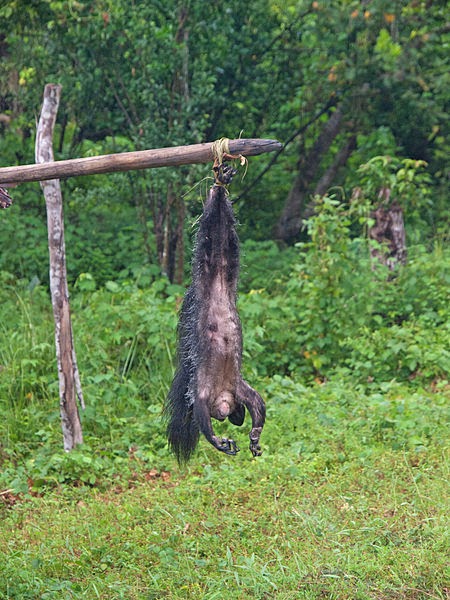World Bird Sanctuary announced the election of JOHN KEMPER, former Vice President of the Board of
Directors, as President of the Board, and SCOTT LIEBEL, former Treasurer, as
Vice President, after a Board meeting held late last year. Former President, JOHN RISBERG, ended his
term as President in October 2013. “I
have served on the board of the World Bird Sanctuary for fifteen years, the
last five as president, and I am proud of the progress the organization has
made during that time, expanding the depth and breadth of its activities to
include a unique and engaging nature center, open to the public year-round, and
further increasing the scope of its educational outreach, rehabilitation,
propagation and research services. I am confident that our newly elected
officers will continue to provide effective leadership support for the
organization, building on its success and securing its place as a significant
community resource.”
John Kemper, new
Board President
Kemper, Vice President of PGAV Destinations, has served on the Board for
World Bird Sanctuary since 2007. As Vice
President of the Board, John has been actively engaged in leading fundraising
efforts and strategy development for the last 4 years, and will continue to
drive the organization’s success during his tenure as Board President.
“My goal is to continue raising awareness, providing quality educational
experiences, and creating an engaging destination for wildlife supporters of
all ages. I am confident that we will
maintain our position as a world leader in raptor rehabilitation, propagation,
and research.”
John Kemper, WBS Board President
Scott Liebel,
new Board Vice President
Liebel, Supervising Engineer, Engineering & Joint Use
Services at Ameren Missouri, has served as a board member and Treasurer
during his nine years on the Board of World Bird Sanctuary. "I am excited about the positive
direction that the World Bird Sanctuary is going. I look forward to
working with John and the rest of the Board to continue the WBS mission to preserve the earth′s biological diversity
and to secure the future of threatened bird species in their natural
environments.”
Scott Liebel, World Bird Sanctuary Board Vice-President
































.jpg)










